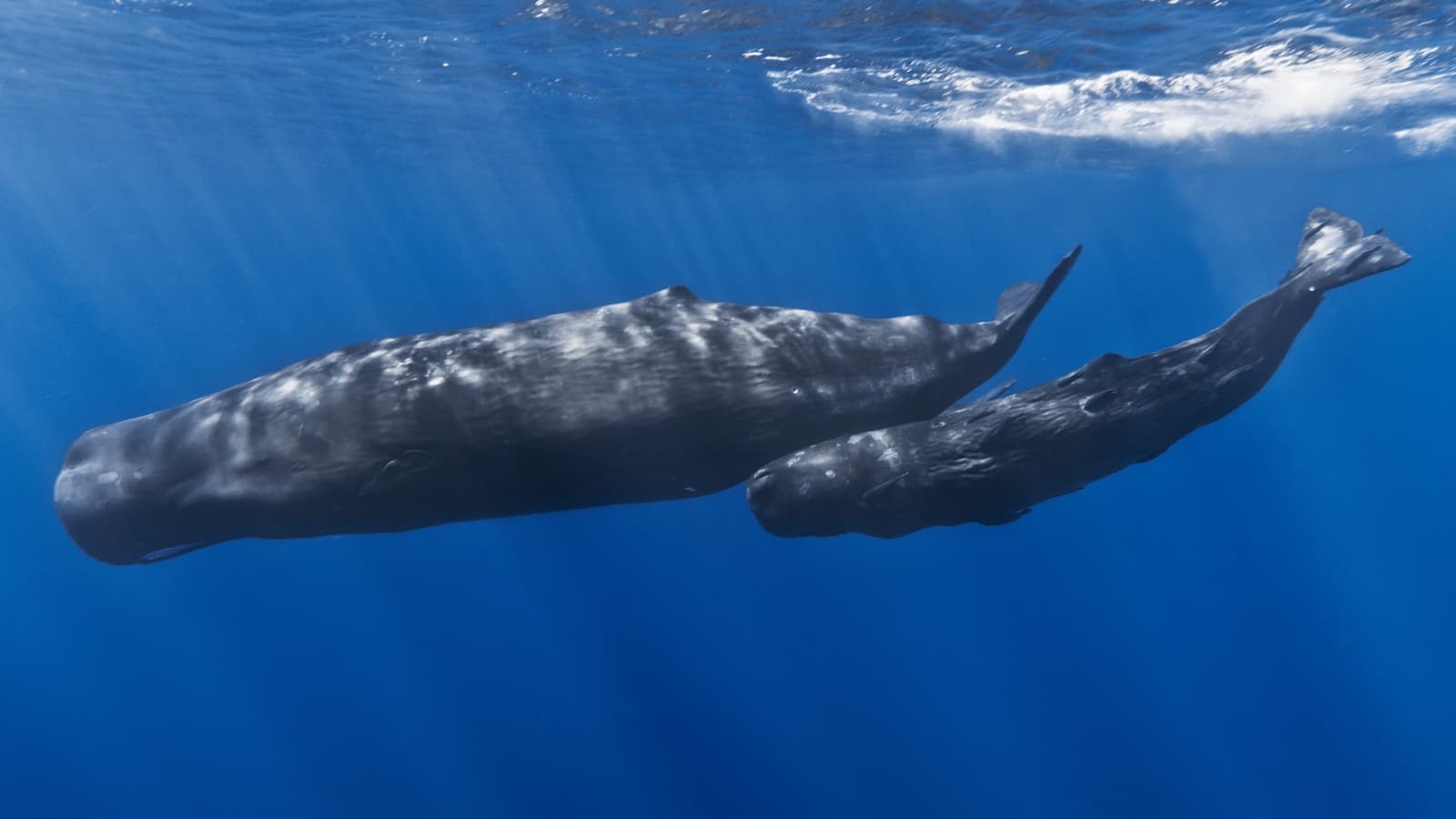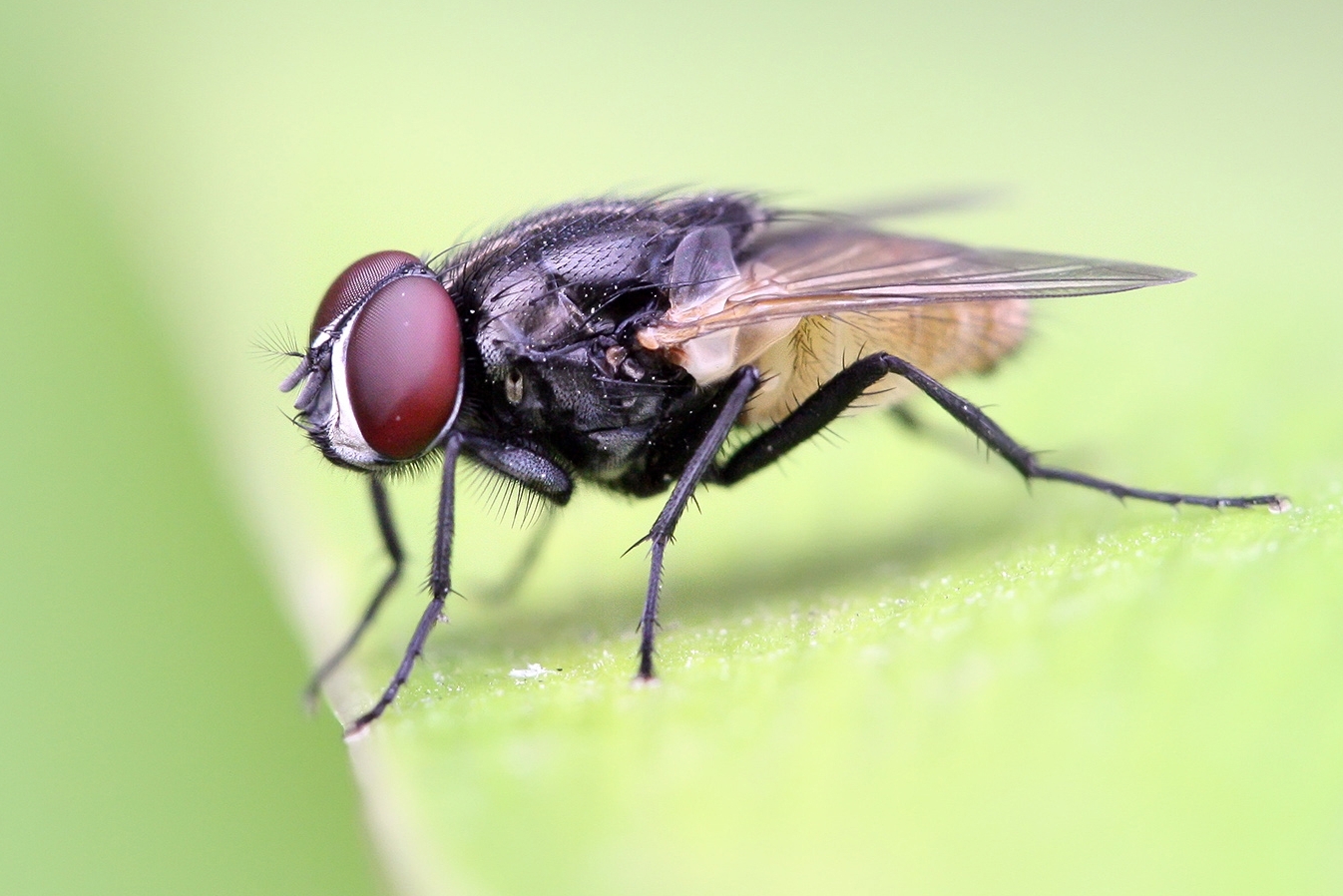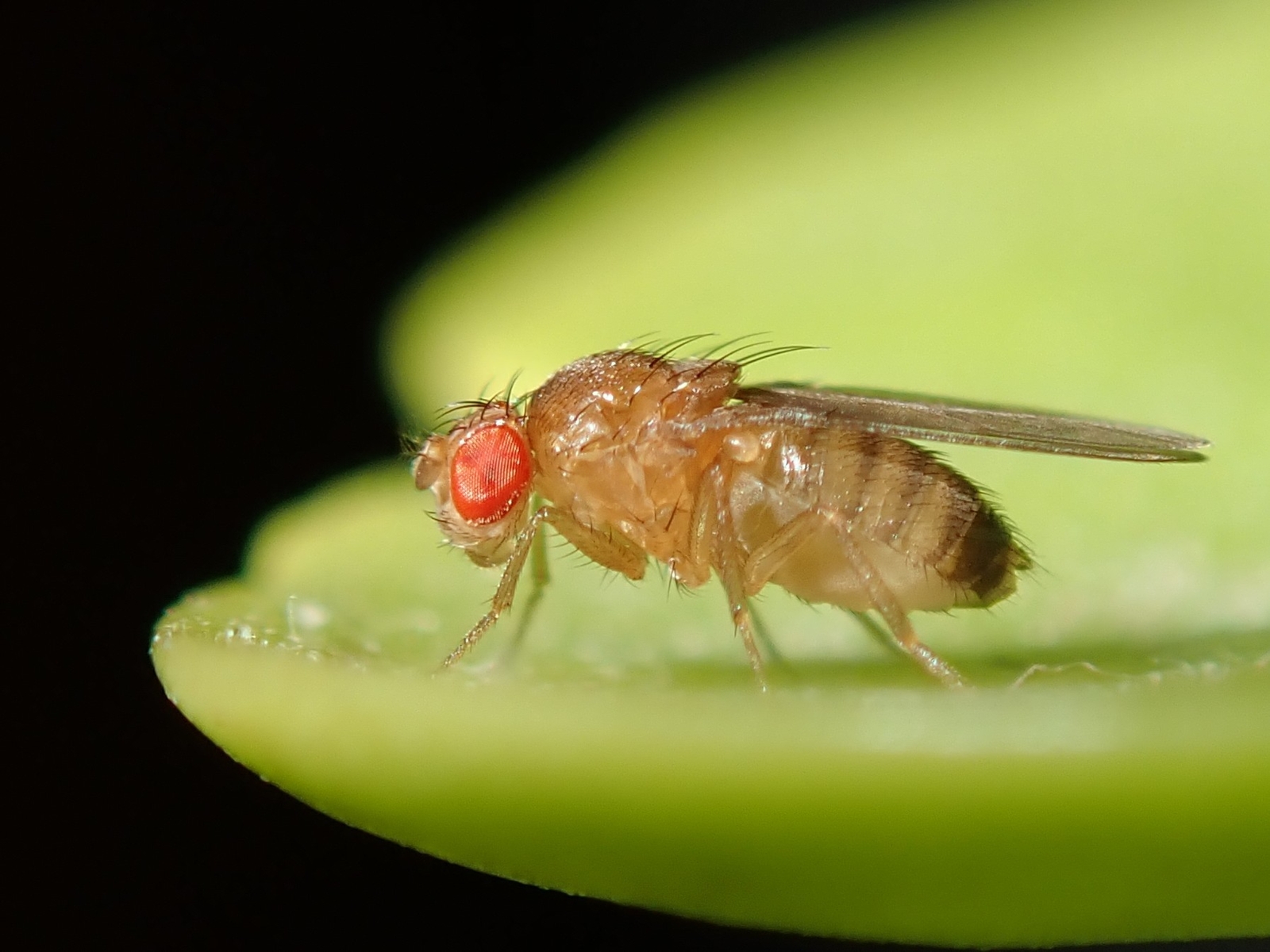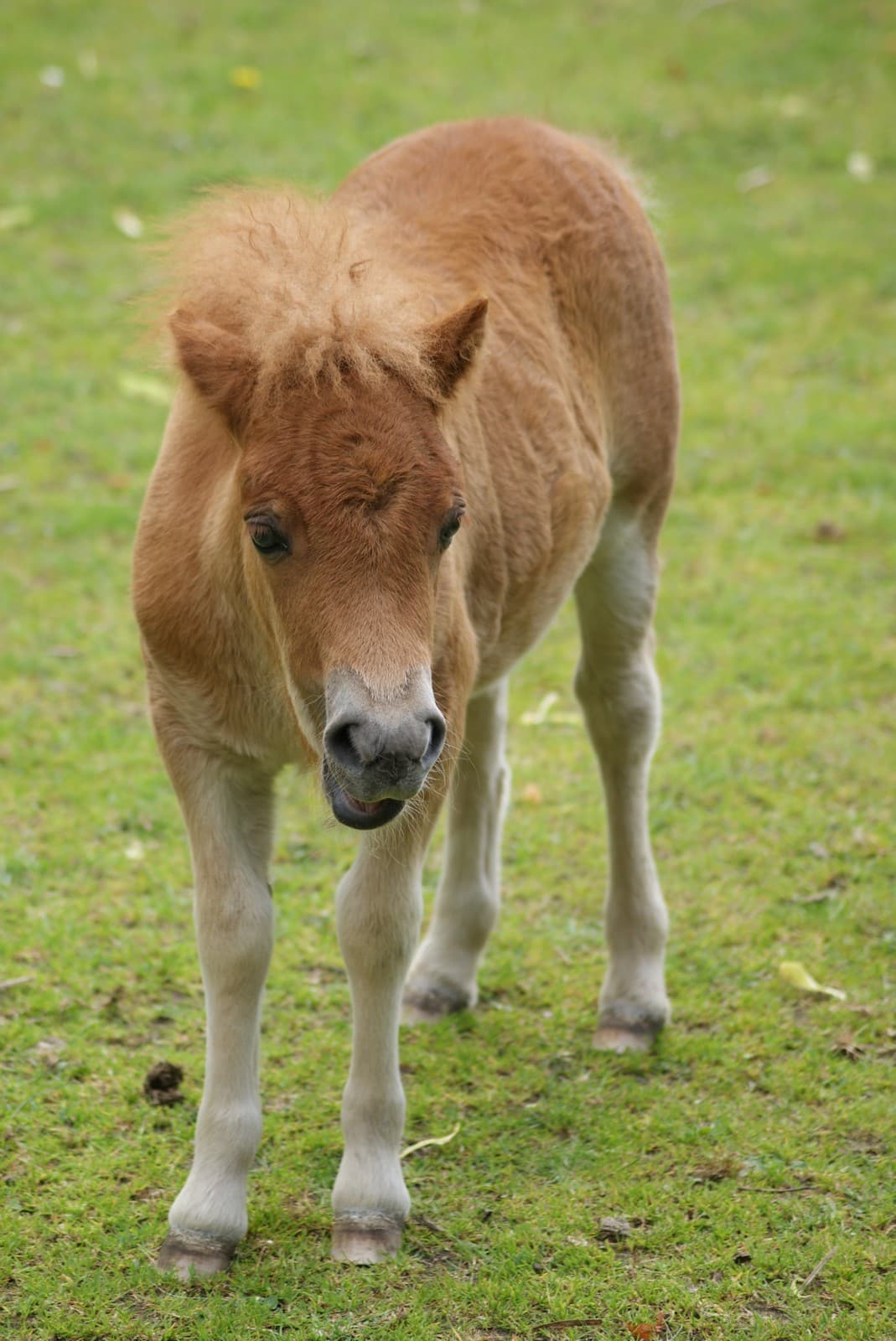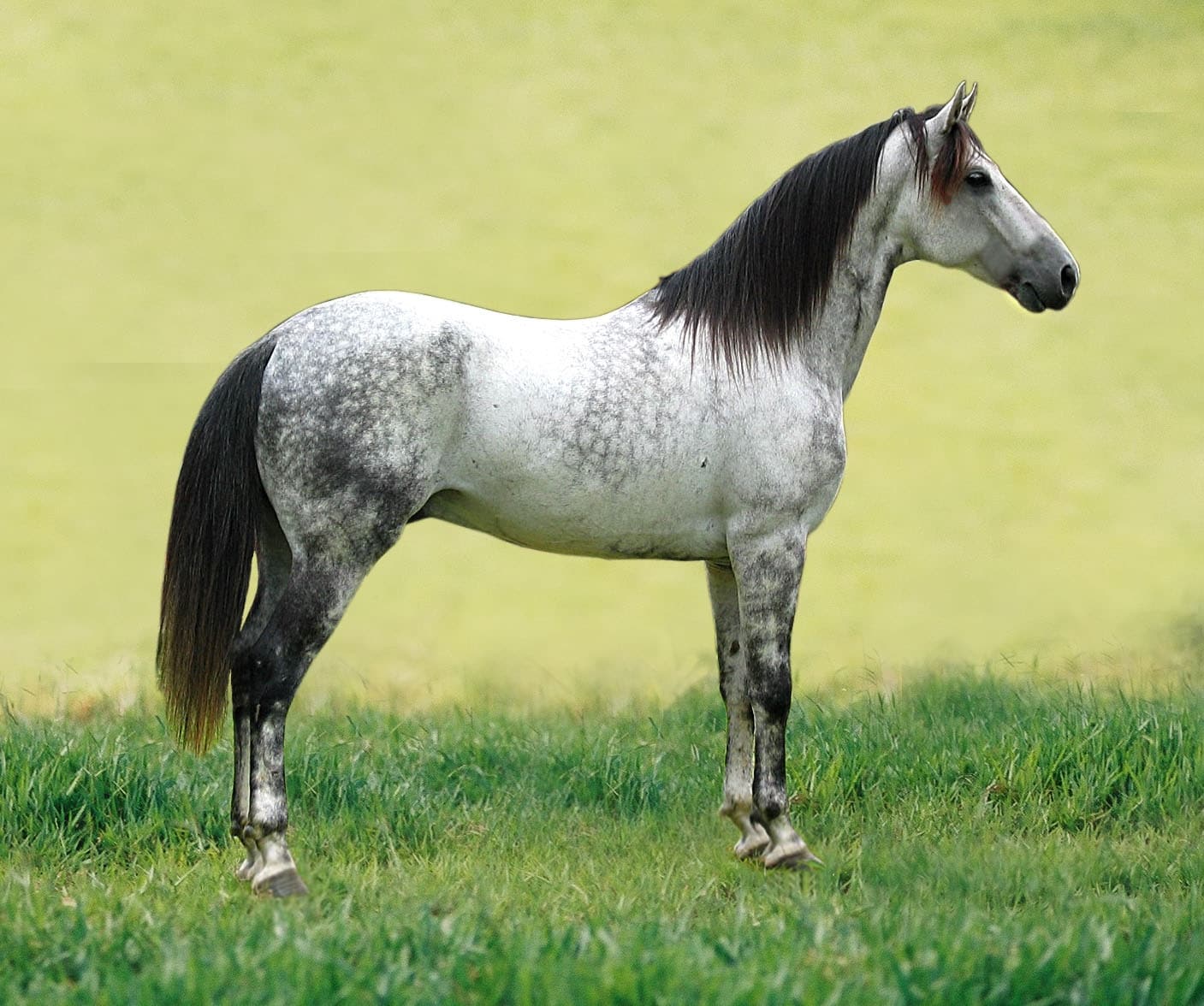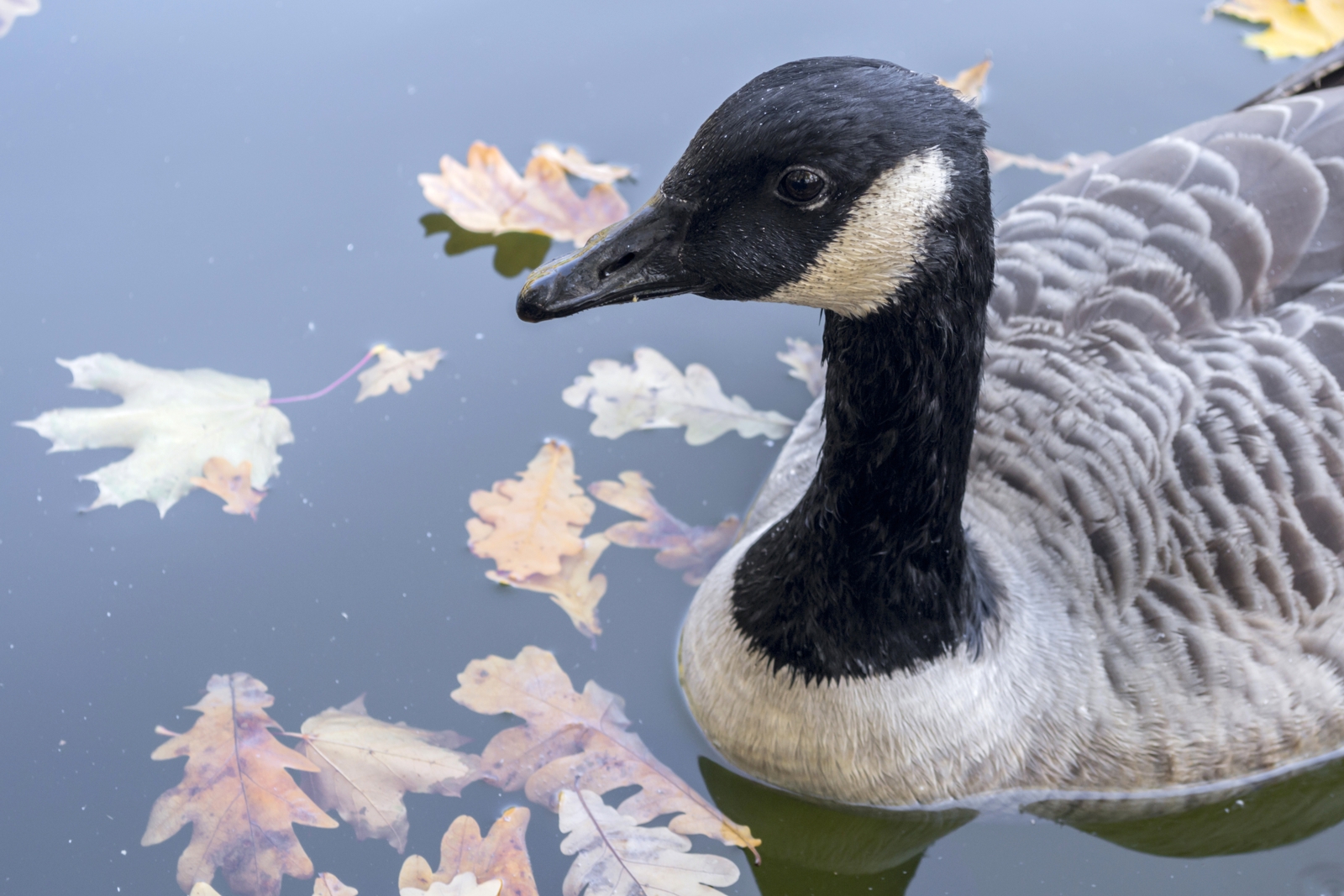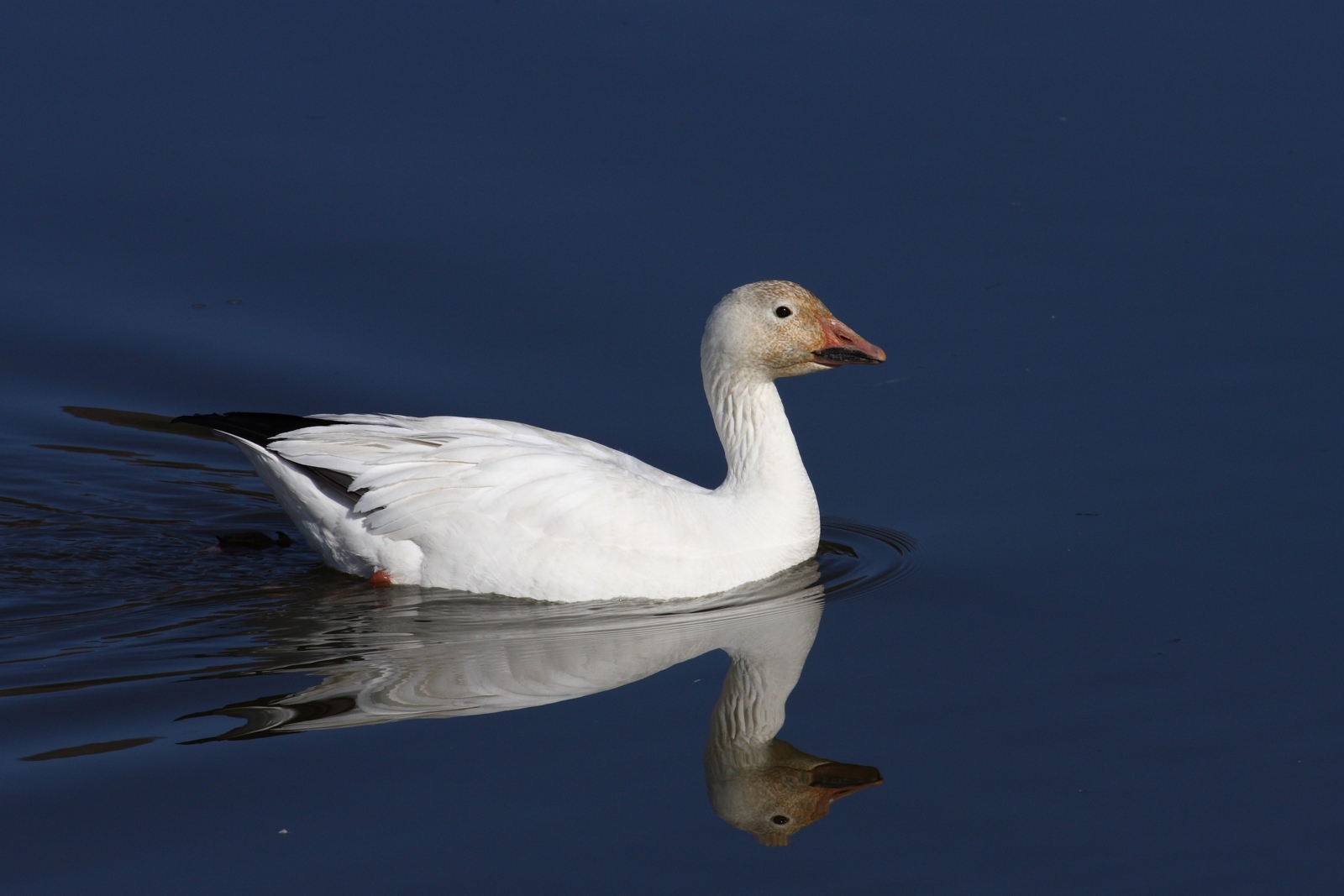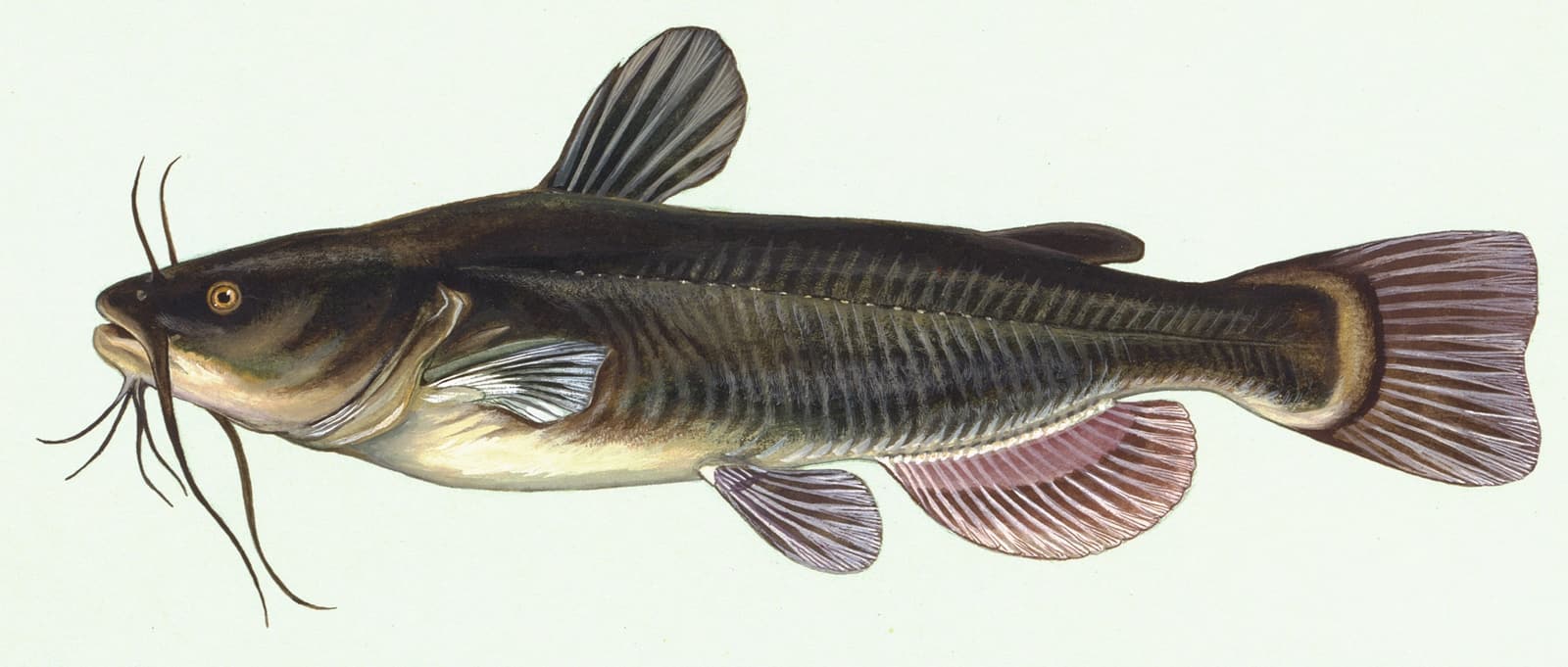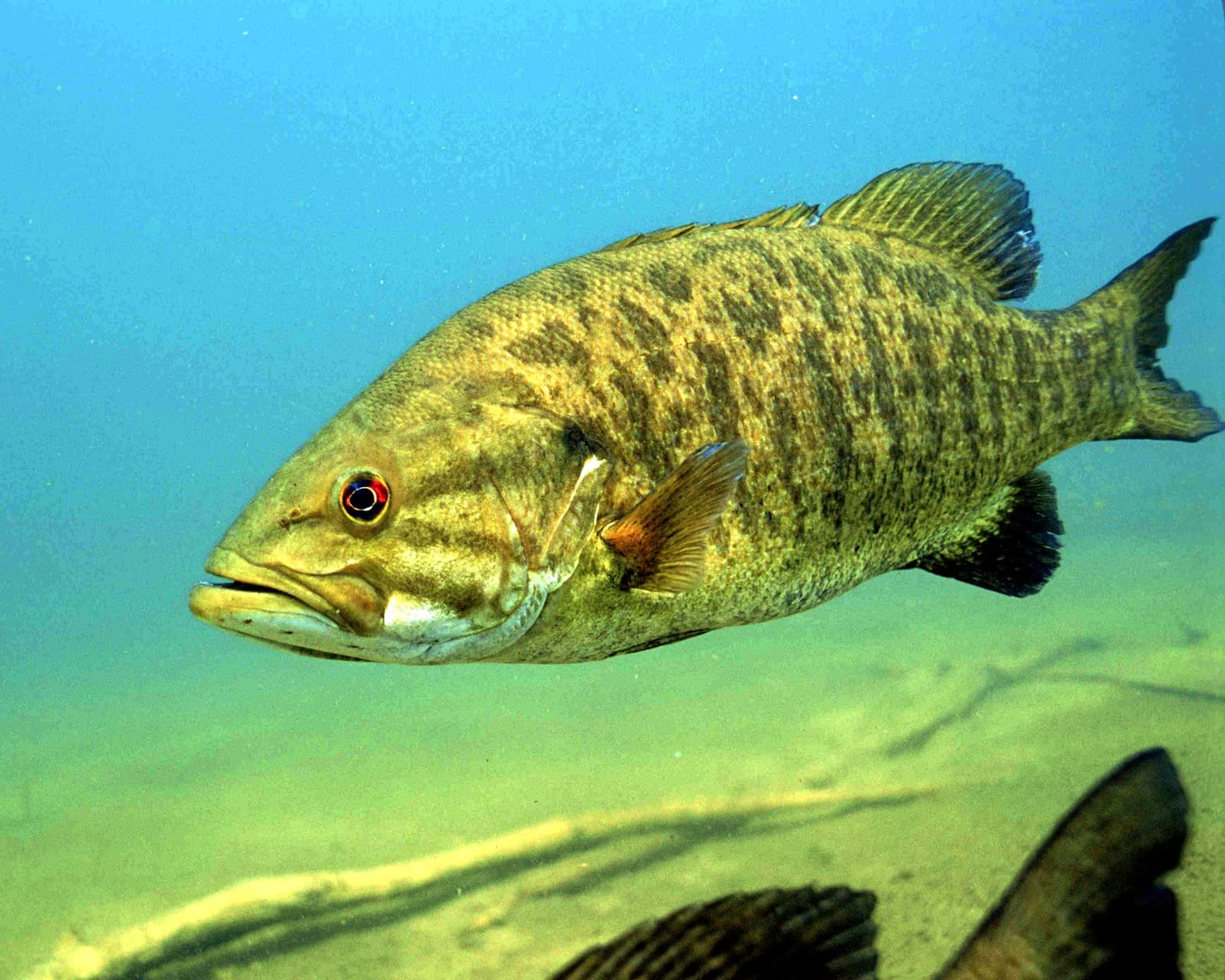African Buffalo vs Water Buffalo: A Complete Comparison
The African Buffalo and Water Buffalo, while often confused, are distinctly different species adapted to unique environments. African Buffalo (Syncerus caffer) can weigh up to 1,900 pounds (860 kg) and dominate the African savanna, while Water Buffalo (Bubalus bubalis) reach 2,650 pounds (1,200 kg) and thrive in Asia’s wetlands. Despite their similar names, these powerful bovines diverged evolutionarily millions of years ago.
As a wildlife journalist who has documented both species extensively, I can attest that their differences extend far beyond size. African Buffalo maintain complex social structures in herds up to 1,000 members, whereas Water Buffalo typically gather in smaller groups of 10-20 individuals, showing notably different social behaviors.
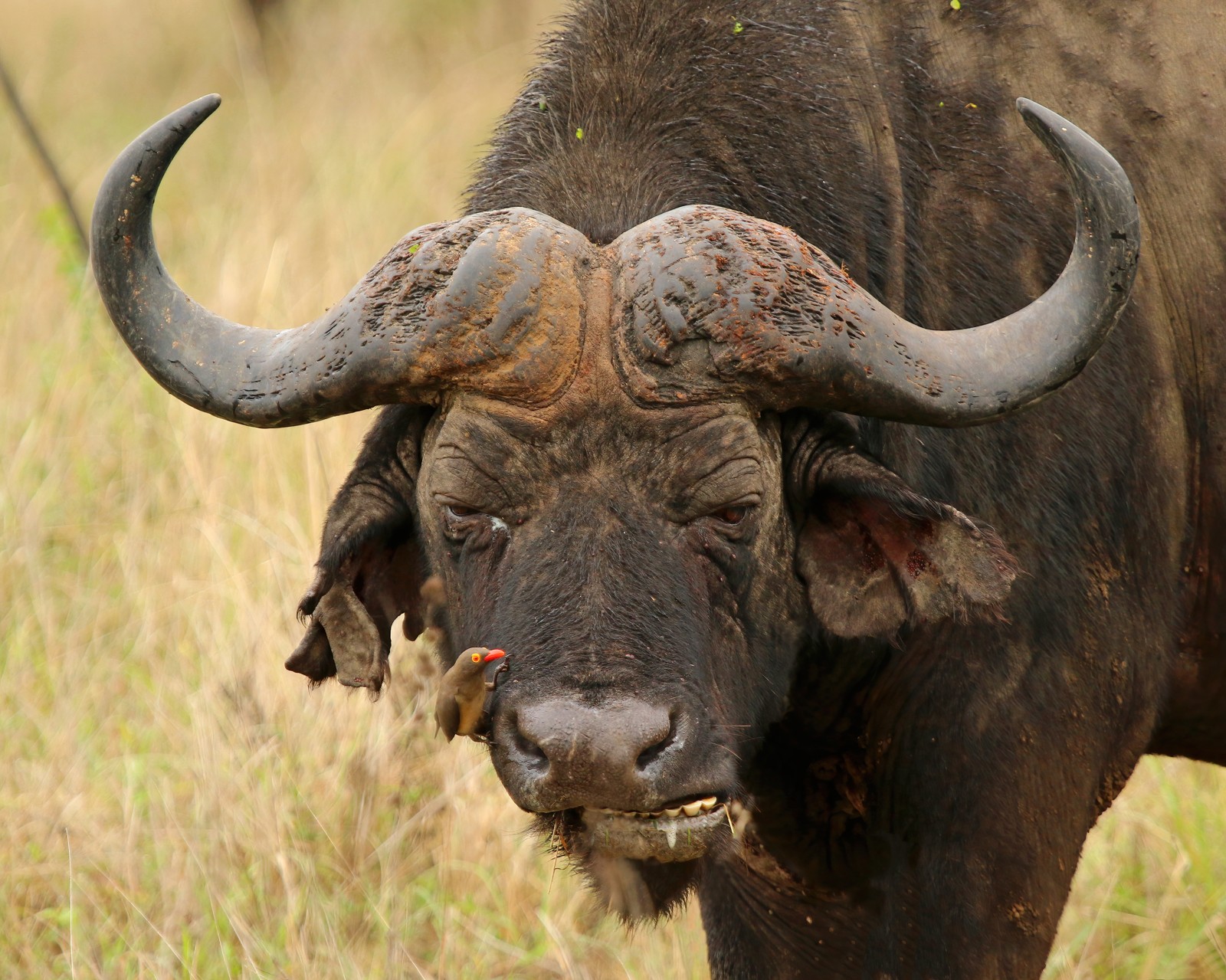
© Charles J. Sharp / CC BY-SA 4.0
The African Buffalo, nicknamed “Black Death” by big game hunters, exhibits distinctive curved horns that form a protective boss across its forehead. These formidable weapons, combined with its aggressive temperament, make it one of Africa’s most dangerous animals.
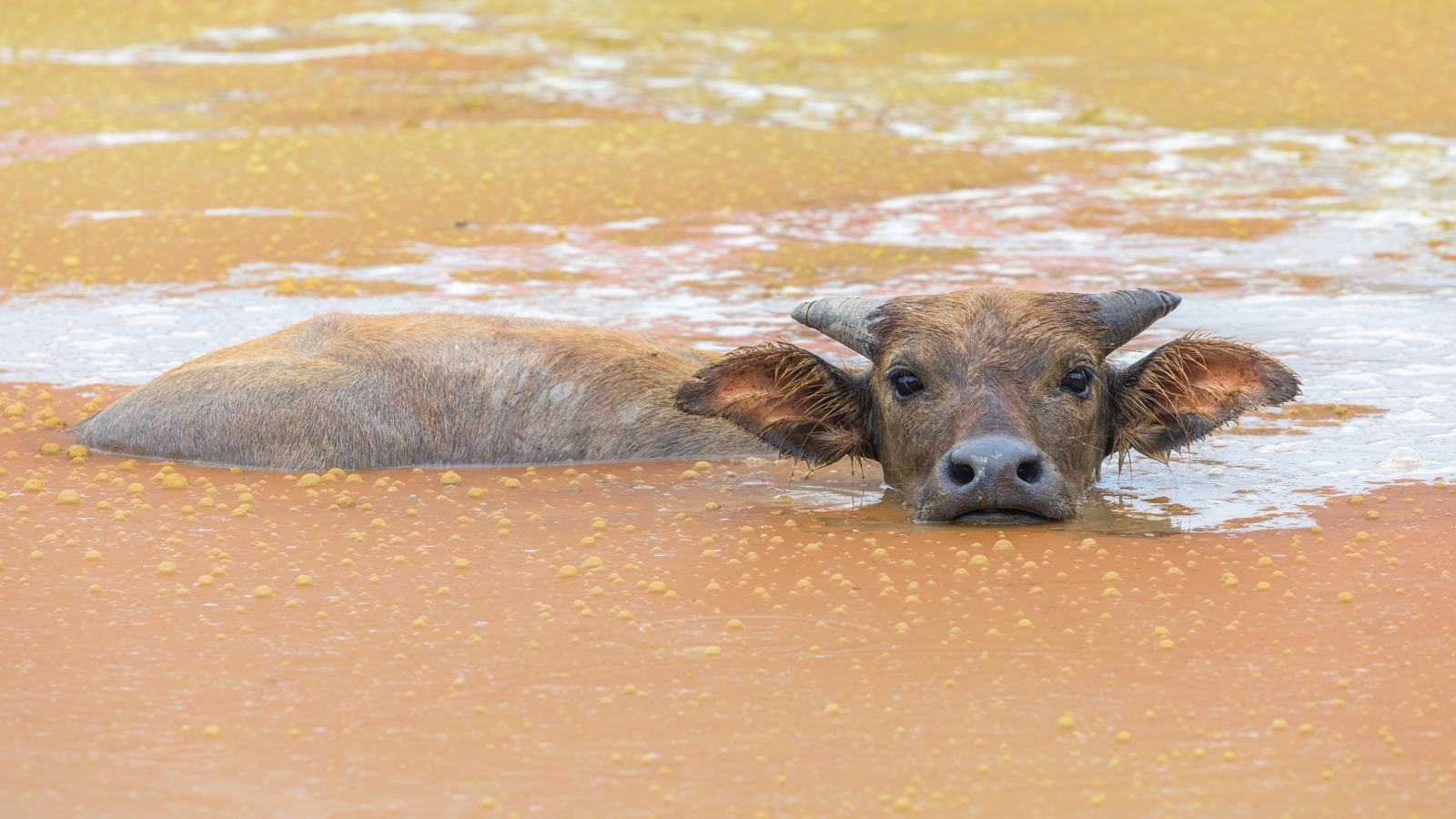
© Basile Morin / CC BY-SA 4.0
Water Buffalo, by contrast, display sweeping curved horns and spend considerable time submerged in water. Their semi-aquatic lifestyle is reflected in their broader hooves and more docile nature, making them suitable for domestication.
Key Differences Between African and Water Buffalo
| Feature | African Buffalo | Water Buffalo |
|---|---|---|
| Weight | 1,100-1,900 lbs (500-860 kg) | 1,500-2,650 lbs (700-1,200 kg) |
| Habitat | Savanna, woodlands, forests | Wetlands, grasslands, forests |
| Horn Shape | Curved with fused boss | Curved, sweeping backwards |
| Social Structure | Large herds (50-1,000) | Small groups (10-20) |
| Temperament | Highly aggressive | Generally docile |
| Conservation Status | Near Threatened | Wild: Endangered; Domestic: Least Concern |
Habitat and Distribution
African Buffalo roam across sub-Saharan Africa’s diverse landscapes, from open savannas to mountain forests. They require daily access to water but can survive in relatively arid conditions. Their tough hide and efficient digestive system allow them to process coarse vegetation that other herbivores avoid.
Water Buffalo, native to South and Southeast Asia, divide into wild (Bubalus arnee) and domestic forms. Wild Water Buffalo prefer low-lying grasslands and floodplains, spending up to six hours daily submerged in water. Their broader hooves prevent sinking in muddy terrain, a crucial adaptation for their wetland habitat.
Behavior and Social Structure
African Buffalo Social Organization
- Form large, hierarchical herds
- Complex social bonds between females
- Males often form bachelor groups
- Demonstrate collective defense against predators
- Show remarkable cooperation during lion encounters
Water Buffalo Social Patterns
- Smaller, family-based groups
- Less rigid social hierarchy
- Strong maternal bonds
- More solitary males
- Domestic herds show different social patterns
Physical Adaptations and Strength
African Buffalo possess several unique adaptations:
- Thick, nearly impenetrable hide
- Fused horn boss for head-to-head combat
- Powerful neck muscles for fighting
- Enhanced night vision for predator detection
Water Buffalo features include:
- Broad, splayed hooves for wetland navigation
- Dense, water-resistant coat
- Enhanced swimming capabilities
- Longer legs relative to body size
Who Would Win in a Fight?
While both species are formidable, the African Buffalo typically demonstrates greater aggression and combat experience. However, the Water Buffalo’s size advantage (being up to 750 pounds heavier) could prove decisive. Environmental context would likely determine the outcome, with African Buffalo having an edge in dry conditions and Water Buffalo dominating in wetlands.
Conservation Status and Threats
African Buffalo face numerous challenges:
- Habitat loss due to human expansion
- Poaching for bush meat
- Disease transmission from cattle
- Climate change affecting water sources
Water Buffalo conservation concerns:
- Wild population critically endangered
- Genetic dilution through crossbreeding
- Wetland habitat destruction
- Competition with domestic livestock
Human Interaction and Economic Impact
Water Buffalo have been domesticated for over 5,000 years, providing:
- Draft power for agriculture
- Milk production (higher fat content than cattle)
- Meat production
- Leather products
African Buffalo remain largely wild, with limited human interaction except for:
- Eco-tourism value
- Traditional hunting by indigenous peoples
- Scientific research subjects
- Occasional conflict with farmers
Through understanding these distinct species, we gain crucial insights into bovine evolution and adaptation. While they share a common ancestor, African Buffalo and Water Buffalo have evolved to master different ecological niches, each playing vital roles in their respective ecosystems.
